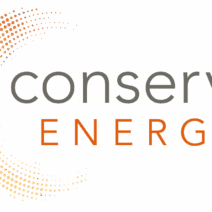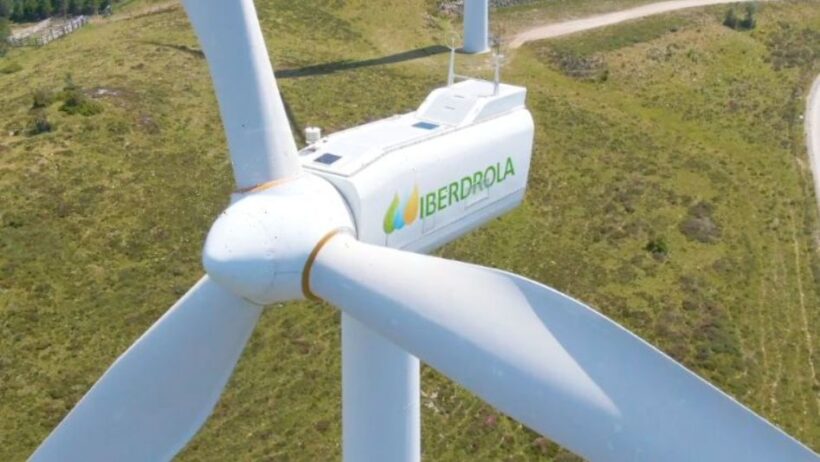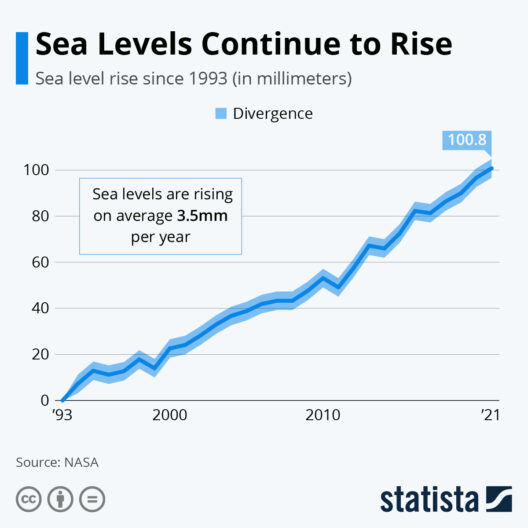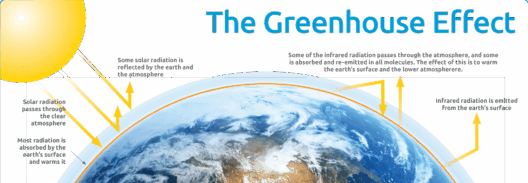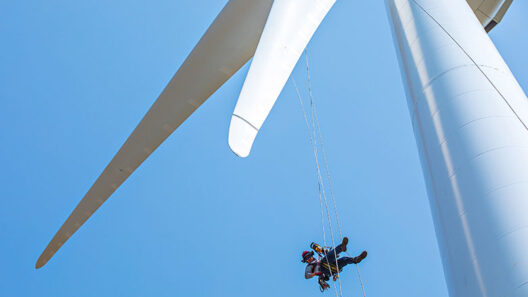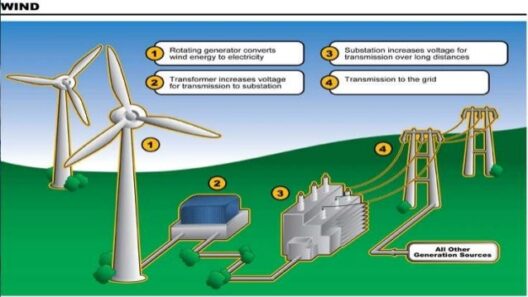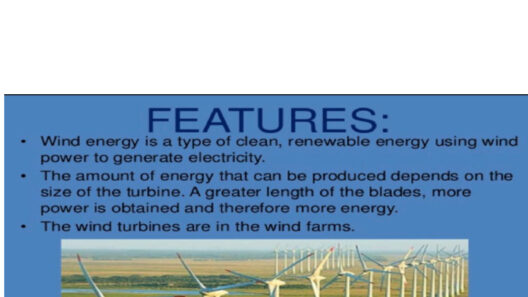Wind energy is heralded as one of the cleanest sources of renewable energy available today. With an increasing global emphasis on sustainable practices, many countries are investing heavily in wind power as a means to mitigate climate change and reduce dependence on fossil fuels. However, it is crucial to scrutinize whether wind energy itself is entirely devoid of environmental consequences. This article delves into the complexities surrounding the environmental impact of wind energy, particularly focusing on its pollution implications.
Understanding the allure of wind energy requires an examination of its fundamental mechanics. Wind turbines harness kinetic energy from wind currents, converting it into electrical energy. This process generates power without the burning of fossil fuels, which means that direct emissions of carbon dioxide and other greenhouse gases are nonexistent. However, while the operational phase of wind turbines emits no air pollutants, the complete lifecycle of wind energy—from manufacturing to decommissioning—invites a myriad of environmental considerations.
The lifecycle of wind power generation begins with the materials used to construct turbines. Steel, fiberglass, and rare earth metals play vital roles in turbine manufacturing. The extraction, processing, and transportation of these materials can contribute significantly to ecological degradation and air pollution. Mining activities, often associated with land disturbance and habitat destruction, release pollutants into the environment, exacerbating issues such as soil erosion and water contamination. This is particularly evident in the case of rare earth metals, where mining practices can result in the emission of toxic compounds.
Another often-overlooked aspect of wind energy is the carbon footprint associated with turbine transportation and installation. Significant transportation emissions occur when large turbine components are shipped to installation sites, particularly in remote areas. While these emissions are relatively minor compared to those produced by fossil fuel energy generation, they are nonetheless an essential factor in a comprehensive carbon accounting of wind energy.
The potential for habitat disruption is also a pressing concern. Wind farms, especially large-scale installations, can lead to ecological fragmentation. The placement of turbines requires considerable land use, impacting local flora and fauna. Birds and bats are particularly susceptible to collision with turbine blades, raising concerns about population declines in certain species. While ongoing research seeks to mitigate these risks—such as turbine designs that reduce the likelihood of avian encounters—the issue remains a contentious point within environmental circles.
Despite the challenges associated with wind energy development, it is paramount to appraise these concerns within a broader context. When juxtaposed against traditional energy sources, wind energy presents a significantly lower overall pollution level. The combustion of fossil fuels not only emits carbon dioxide but also releases sulphur dioxide, nitrogen oxides, and particulate matter, which contribute to air quality degradation and associated public health issues. In contrast, while wind energy is not without its environmental hurdles, its lifecycle emissions rank far lower compared to the status quo of energy production.
Moreover, advancements in technology are continually improving the sustainability of wind energy. Innovations in turbine design, including vertical axis wind turbines and improvements in turbine blade materials, are being explored to minimize the ecological footprint. Additionally, the development of recycling programs for decommissioned turbine blades is on the rise, further reducing the environmental burden associated with wind energy infrastructure.
Wind energy holds immense promise for reducing greenhouse gas emissions, but it is essential to proceed with cautious optimism. The sector must acknowledge its imperfections while striving for continual improvement. The implementation of regulatory frameworks governing wind energy development can help mitigate environmental impacts. For example, site assessments that prioritize low-impact areas, alongside dedicated wildlife conservation initiatives, can be instrumental in balancing energy needs with ecological preservation.
Public perception plays a crucial role in shaping the trajectory of wind energy initiatives. Communities often welcome the promise of clean energy yet harbor concerns about the negative repercussions of wind farms on their local environment. By actively engaging stakeholders and incorporating community feedback into development plans, authorities can foster greater acceptance of wind energy projects. Public education initiatives highlighting the environmental benefits of wind energy may also serve to shift perceptions and alleviate apprehensions.
In conclusion, investigating whether wind energy creates pollution reveals a nuanced landscape. While wind power is miles ahead of fossil fuel energy in terms of reduced emissions, it is not without its own environmental impacts. By understanding the full lifecycle of wind energy—from material extraction to installation, operation, and decommissioning—the dialogue surrounding its pollution potential can become more informed and equitable. It is through the joint efforts of technology innovation, community engagement, and stringent regulations that the true promise of wind energy can be realized, paving the way for a sustainable energy future.
